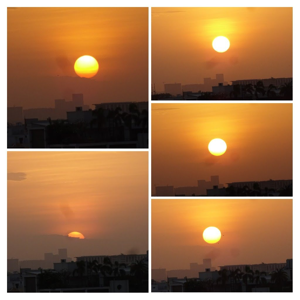I have built a Python package called PyLabel that can be used to import pre-labelled images to Azure Custom Vision. You can see a proof of concept in this notebook https://github.com/pylabel-project/samples/blob/main/pylabel2azure_custom_vision.ipynb.
PyLabel can read annotations from COCO, YOLO, or VOC format into a dataframe. Once they are in the data frame you can loop through the dataframe of annotations and use the Custom Vision APIs to upload the images and annotations.
Here is a snippet of the code from the notebook mentioned above:
#Iterate the rows for each image in the dataframe
for img_filename, img_df in dataset.df.groupby('img_filename'):
img_path = str(PurePath(dataset.path_to_annotations, str(img_df.iloc[0].img_folder), img_filename))
assert exists(img_path), f"File does not exist: {img_path}"
#Create a region object for each bounding box in the dataset
regions = []
for index, row in img_df.iterrows():
#Normalize the boundings box coordinates between 0 and 1
x = Decimal(row.ann_bbox_xmin / row.img_width).min(1)
y = Decimal(row.ann_bbox_ymin / row.img_height).min(1)
w = Decimal(row.ann_bbox_width / row.img_width).min(1-x)
h = Decimal(row.ann_bbox_height / row.img_height).min(1-y)
regions.append(Region(
tag_id=tags[row.cat_name].id,
left=x,
top=y,
width=w,
height=h
)
)
#Create an object with the image and all of the annotations for that image
with open(img_path, mode="rb") as image_contents:
image_and_annotations = [ImageFileCreateEntry(name=img_filename, contents=image_contents.read(), regions=regions)]
#Upload the image and all annnotations for that image
upload_result = trainer.create_images_from_files(
project.id,
ImageFileCreateBatch(images=image_and_annotations)
)
#If upload is not successful, print details about that image for debugging
if not upload_result.is_batch_successful:
print("Image upload failed.")
for image in upload_result.images:
print(img_path)
print("Image status: ", image.status)
print(regions)
#This will take a few minutes
print("Upload complete")
Note, I am a Microsoft employee but I am not a member of the Azure Custom Vision team. But I think PyLabel can help with this task so I wanted to share this with you.
